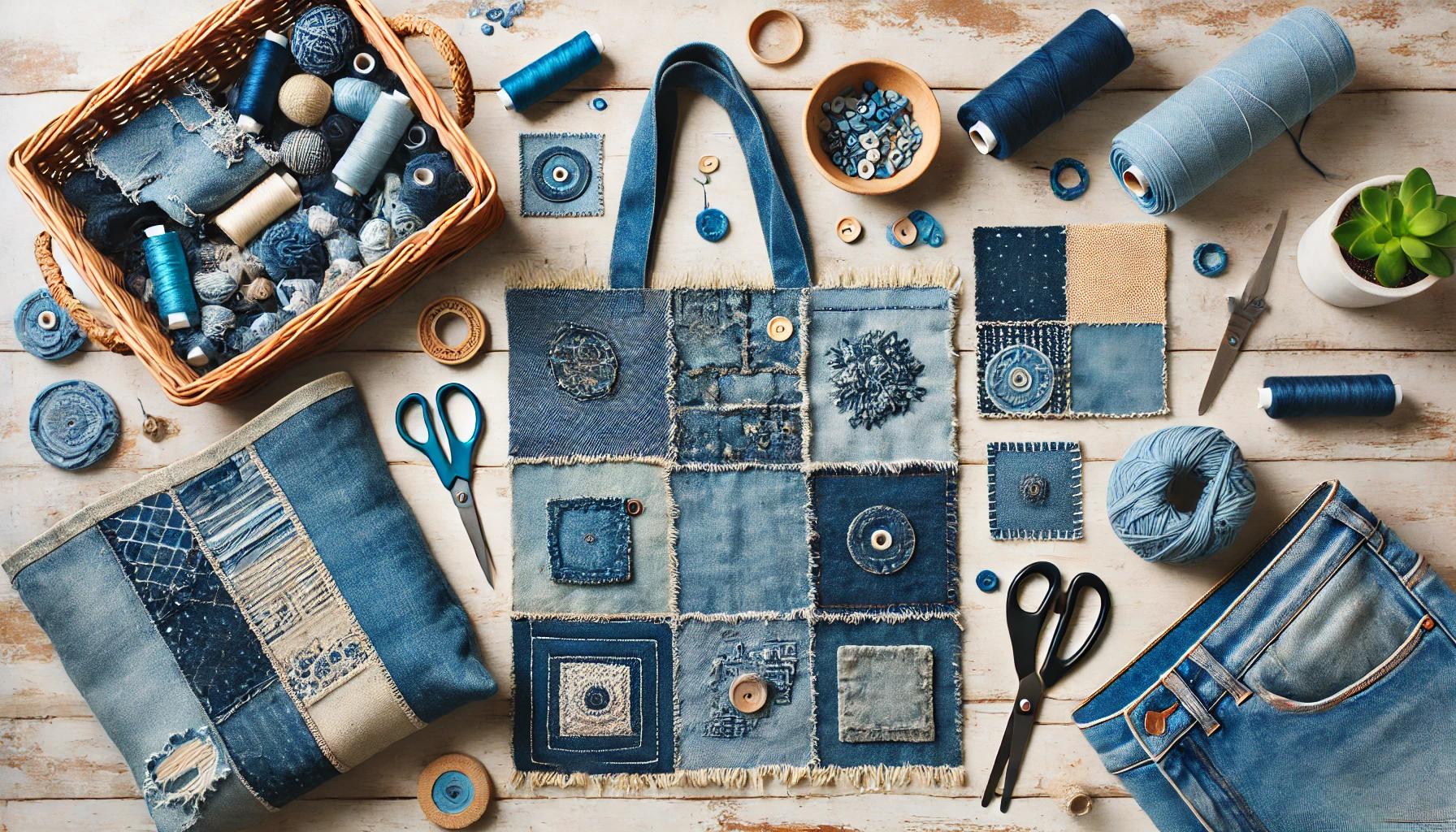Did you know that your kitchen scraps and backyard plants can give new life to fabric with rich, lasting colors? Synthetic dyes may be everywhere, but long before they existed, people used nature’s own pigments to color their clothes. It’s easier than you think to do it yourself—and the results are stunning.
Whether you want soft earthy tones, deep vibrant hues, or delicate pastels, natural dyeing opens up a whole world of creativity. The best part? You don’t need fancy equipment or toxic chemicals. With a few simple ingredients, you can create your own natural fabric dyes right at home.
Understanding Natural Dyes
Before you start, it’s good to know what makes natural dyes work. Plant-based dyes contain pigments that bond with fabric fibers, creating long-lasting color. However, some fabrics take dye better than others.
Best Fabrics for Natural Dyes
Not all fabrics hold color the same way. Natural fibers absorb dye better than synthetic ones.
- Great for dyeing: Cotton, linen, wool, silk
- Not ideal: Polyester, nylon, acrylic
Wool and silk often produce richer colors because they’re protein-based. Cotton and linen, which are plant-based, may need extra preparation to hold the dye well.
Mordants: The Key to Long-Lasting Color
A mordant is a substance that helps dye bind to fabric, making the color more vibrant and permanent. Some are naturally found in kitchen staples like salt, vinegar, and baking soda. Others, like alum or iron, can shift colors in fascinating ways.
- Salt and vinegar: Helps set the dye for plant-based fabrics like cotton and linen
- Alum: Brightens colors, especially for wool and silk
- Iron (rusty nails in water): Darkens colors, creating earthy tones
- Baking soda: Shifts reds and pinks toward purple
Now that you know the basics, let’s start making dye!
Gathering Natural Dye Ingredients
Many plants, fruits, and even vegetable scraps hold powerful pigments. Some will surprise you with the colors they produce!
Kitchen Scraps That Make Beautiful Dyes
- Avocado pits and skins – Soft pink, peach
- Onion skins (yellow and red) – Golden yellow, orange, rusty red
- Red cabbage – Purple, blue, or green (depending on pH)
- Black beans – Blue-gray, purple
Plants, Flowers, and Spices for Rich Colors
- Turmeric – Bright yellow
- Hibiscus flowers – Pink, red, purple
- Madder root – Deep red, coral
- Walnut hulls – Brown, warm gray
- Marigold flowers – Golden yellow
Preparing Fabric for Dyeing
To make sure your fabric takes the dye well, pre-wash it to remove any coatings or residues. Then, soak it in a mordant bath before dyeing.
How to Mordant Fabric
- For plant-based fabrics (cotton, linen)
- Dissolve 1 cup of salt in 4 cups of water
- Simmer fabric in the solution for 1 hour, then rinse
- For protein-based fabrics (wool, silk)
- Dissolve 1 tablespoon of alum in hot water
- Soak fabric overnight, then rinse before dyeing
Now your fabric is ready to absorb all those beautiful colors!
Making and Using Natural Dyes
Creating dye is as simple as simmering ingredients in water and soaking your fabric.
Steps to Extract Natural Dye
- Chop or crush dye ingredients to release pigments
- Place in a pot with enough water to cover fabric completely
- Simmer for 1 hour, stirring occasionally
- Strain out plant material and return liquid to the pot
Dyeing Your Fabric
- Submerge fabric in the dye bath
- Simmer for 30 minutes to an hour, stirring occasionally
- Let fabric soak for several hours or overnight for deeper color
- Remove and rinse in cool water
- Hang to dry away from direct sunlight
Adjusting Colors with Natural Modifiers
Natural dyes are pH-sensitive, meaning you can change their shades by adding acidic or alkaline ingredients.
- Lemon juice or vinegar: Shifts colors toward red and pink
- Baking soda: Moves shades toward blue and purple
- Iron water (rusty nails in vinegar water): Darkens colors, adding depth
Experiment with small fabric swatches to see how different modifiers affect your dye!
Layering and Overdyeing for Custom Colors
One of the most exciting parts of natural dyeing is blending colors by dyeing fabric in multiple baths.
- Turmeric (yellow) + indigo (blue) = Green
- Hibiscus (pink) + onion skins (orange) = Peachy coral
- Avocado (soft pink) + black tea (brown) = Dusty rose
By layering different dyes or dipping fabric in sections, you can create ombré effects, tie-dye patterns, or deep complex hues.
Caring for Naturally Dyed Fabrics
Natural dyes are gentle, so they need a little extra care to keep their colors looking fresh.
- Wash in cold water with mild soap
- Avoid harsh detergents that can strip color
- Dry in the shade to prevent fading from sunlight
- Store away from direct light to maintain vibrancy
Some natural dyes will fade over time, but that’s part of their beauty. If colors start to soften, you can always re-dye your fabric to refresh it.
Final Thoughts
Making natural fabric dyes is more than just a craft—it’s a way to connect with the natural world while creating something truly unique. Every dye bath is an experiment, with unexpected colors and beautiful variations. Whether you’re repurposing kitchen scraps or foraging for wild plants, the joy of seeing fabric transform is worth every step.
Once you start, you’ll never look at plants the same way again.



